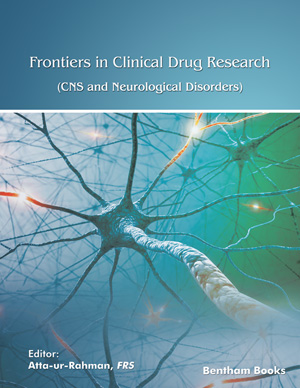Conditions caused by the lesion and progressive death of neuronal cells in
the organism include neurodegenerative disorders and neuropathic pain. They represent
the major causes of disability in Western countries. These conditions are more common
in elderly people, and their prevalence, therefore, is expected to grow in the future
because of the aging population. Currently, curative therapies against
neurodegenerative disorders and neuropathic pain are not available. Existing treatments
may provide temporary symptomatic relief to some patients but fail to stop neuronal
degeneration, protect and restore damaged neurons. Neurotrophic factors are small
secretory proteins whose main function is to support the survival of neurons. Therefore,
they hold considerable promise for disease-modifying treatment of neurodegenerative
disorders and neuropathic pain. However, despite promising results in preclinical
studies, clinical translation of neurotrophic factors has so far achieved limited success.
Neurotrophic factors are different from traditional chemical compounds used as drugs
in the majority of cases, and this complicates their clinical use. Biology of neurotrophic
factors and their absorption, distribution, metabolism, excretion, and pharmacokinetics
properties dictate special requirements to clinical trials design. Patients taking part in
clinical trials, delivery system, delivery paradigm, and the dose of neurotrophic factor
should be carefully considered in trial design in order to ensure that the treatment will
improve the condition of patients.
In the present chapter, the author summarizes the available literature regarding
signaling of neurotrophic factors, provides the data about their preclinical evaluation in
animal models of neurodegenerative disorders and neuropathic pain, describes the
results of clinical trials conducted with neurotrophic factors in patients, and discusses
the limitations of these trials and translational problems faced by researchers and
clinicians in this field. The author will further discuss emerging alternatives to
neurotrophic factor proteins with improved translational perspectives, such as mutant
proteins, small molecules, and peptides targeting the receptors of neurotrophic factors.
The author will review attempts of clinical translation of glial cell line-derived
neurotrophic factor family ligands for the treatment of Parkinson’s disease and
neuropathic pain. The author will briefly describe the non-conventional cerebral
dopamine neurotrophic factor tested in Phase I/II clinical trial in patients with
Parkinson’s disease. The author will also describe the data concerning the clinical evaluation
of other neurotrophic factors in the above-mentioned conditions.
Keywords: Amyotrophic lateral sclerosis, Alzheimer’s Disease, Brain-Derived Neurotrophic Factor (BDNF), Cerebral Dopamine Neurotrophic Factor (CDNF), Ciliary Neurotrophic Factor (CNTF), Clinical trials, Clinical translation, Glial Cell Line-Derived Neurotrophic Factor (GDNF), Glial Cell Line-Derived Neurotrophic Factor Family Ligands (GFLs), Leukemia Inhibitory Factor (LIF), Neurodegenerative Disorders, Neuropathic Pain, Neurotrophic Factors, Neurotrophins, Nerve Growth Factor (NGF), Neurokines, Neurorestoration, Neuroprotection, Neurodegeneration, Parkinson’s Disease, Small Molecules Targeting Neurotrophic Factor Receptors.






















